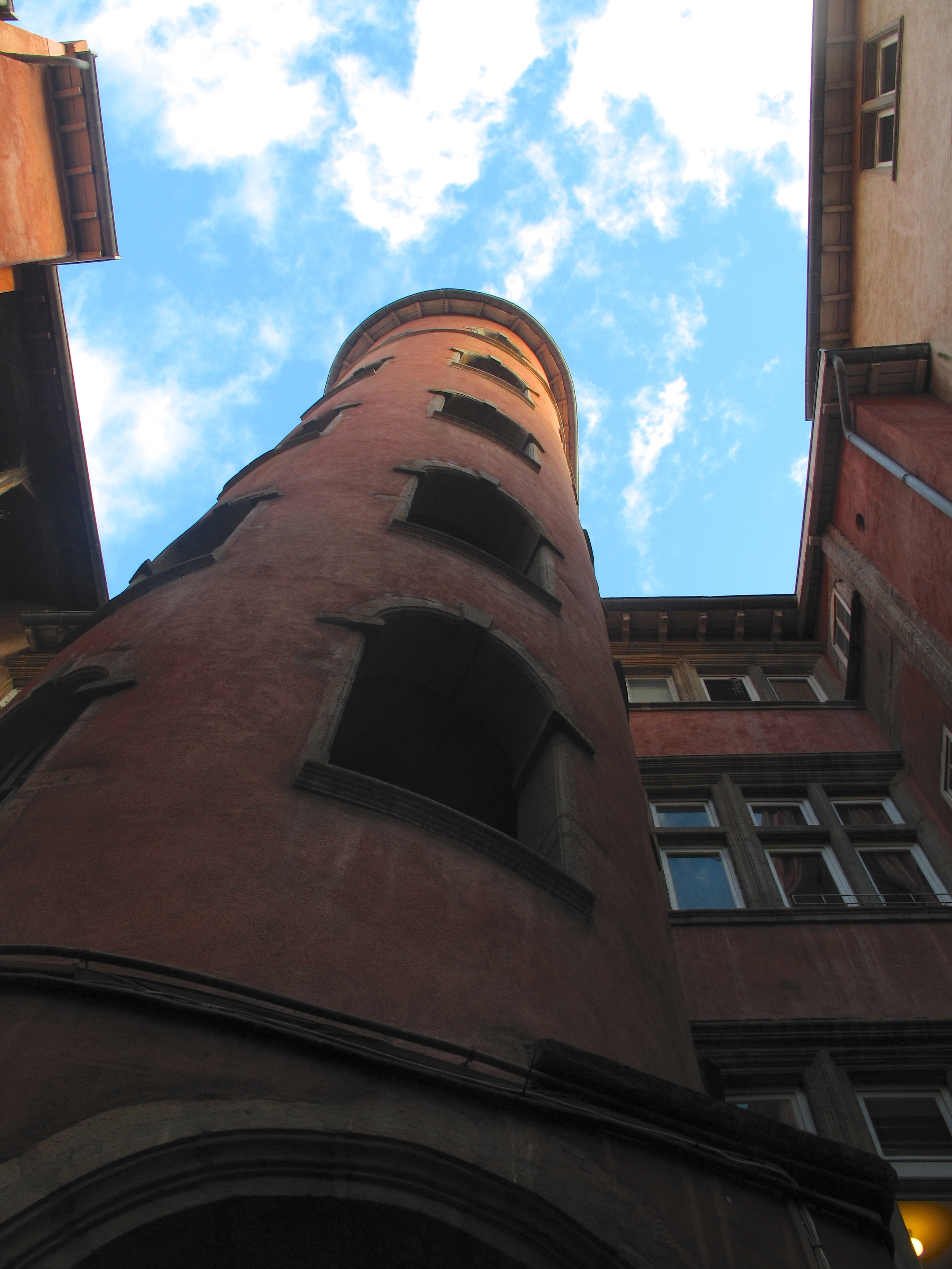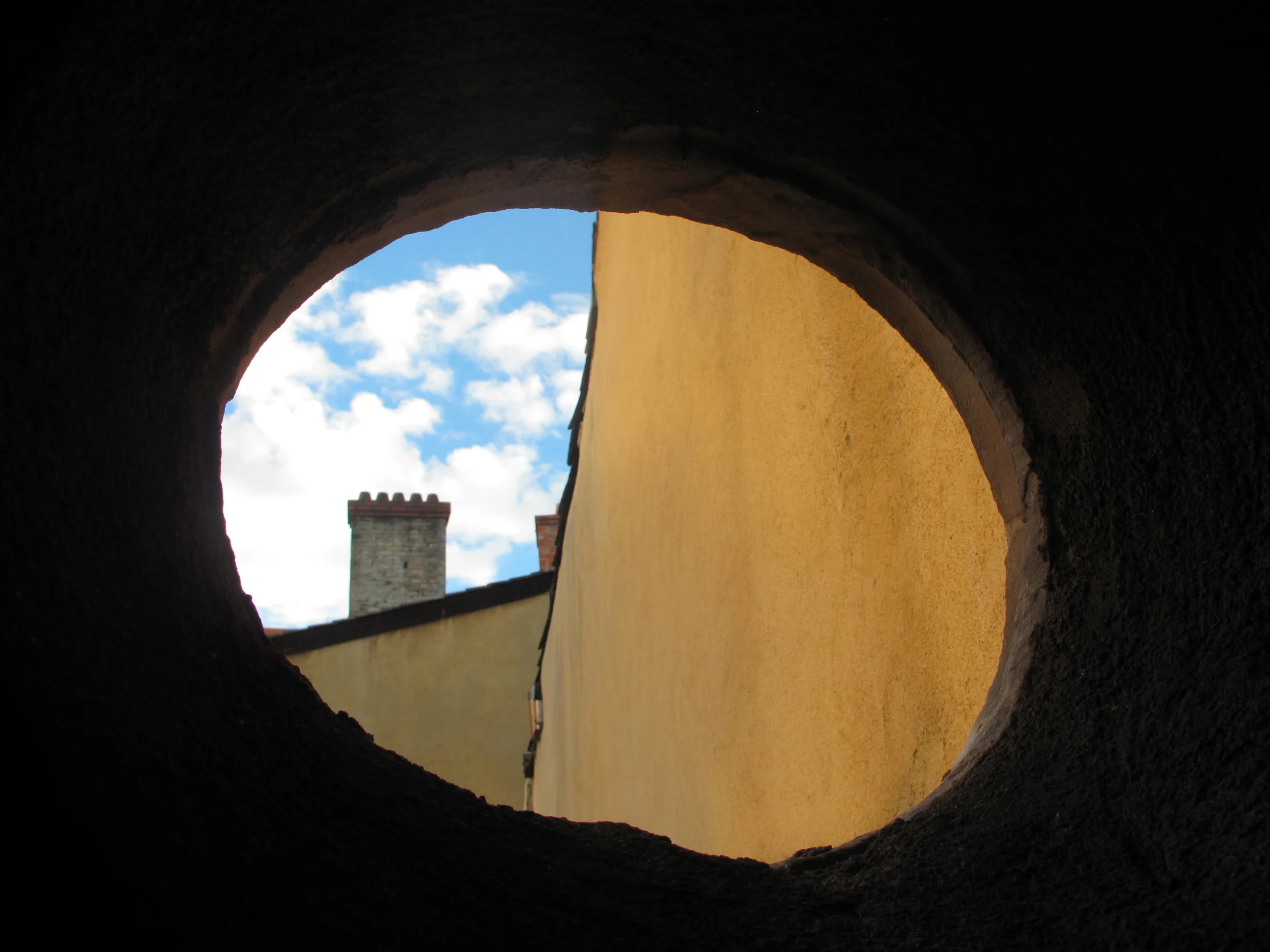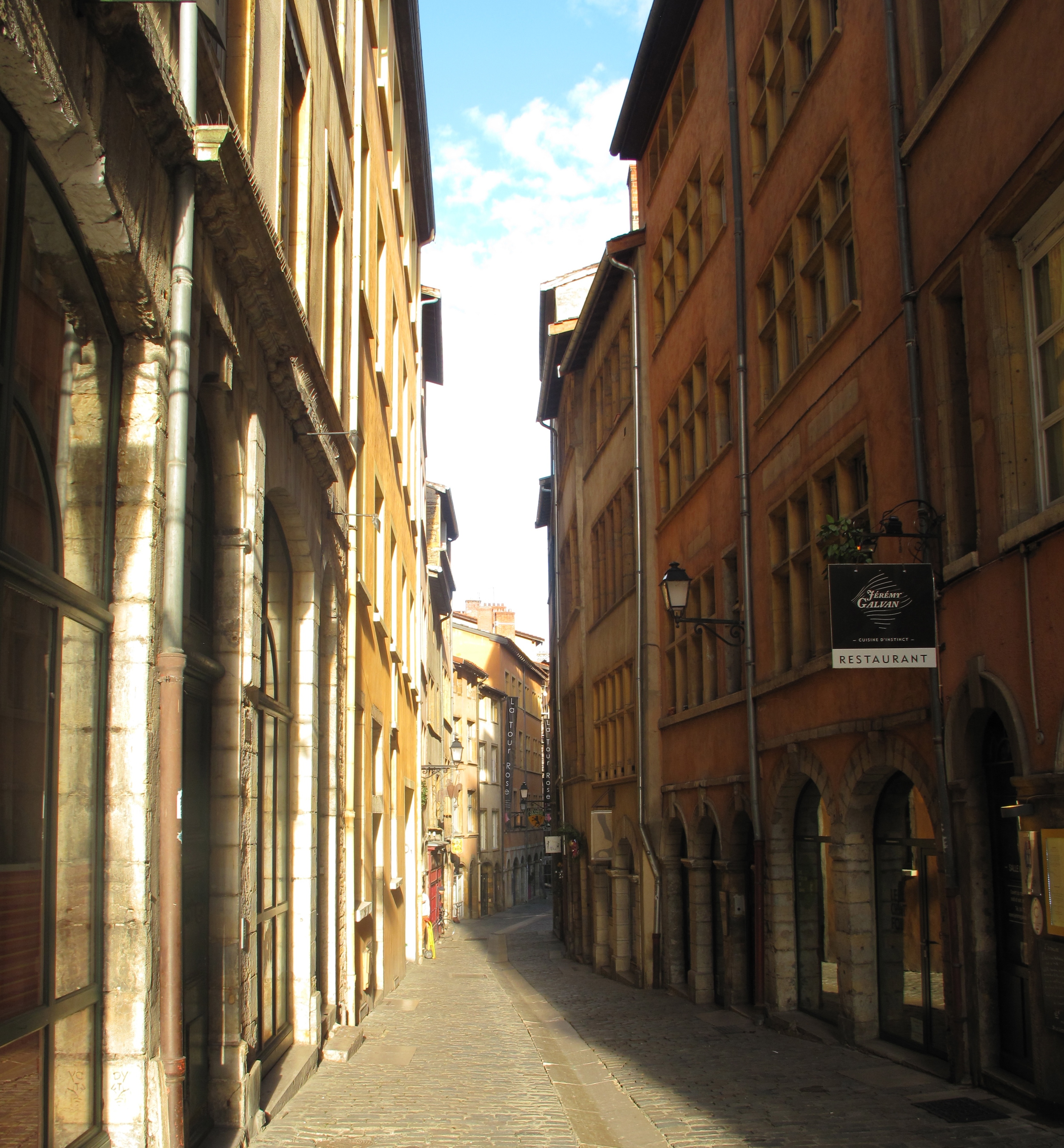These hidden spaces of Lyon fascinate me. Originally created in order to get from 'here' to 'there,' they are in-betweens.
HISTORY OF THE TRABOULES:
LATIN -
transambular | trabular
'to cross'
Dating back to 4th century Lugdunum and the capital of Roman Gaul, traboules were used by the canuts - the silk weavers - to get between their workshops and the textile merchants at the foot of the hill by the Saône river.
“They used the traboules to carry their bolts of silk down to the markets in the new city center on the Presqu’île, the narrow peninsula between the Rhône and Saône rivers. The covered traboules were the quick way, and had the advantage of protecting their precious goods from the elements.
”
Yet, the traboules of Lyon have also served other purposes: as revolutionary hideouts during both the Canuts Revolts in the 1830's, and the German occupation during WWII.
SECRETS WORTH FINDING:
Now only forty of the remaining traboules are open to the public, the rest are on private property, as entrances to the apartments above. But, if you happen to spy an open door, do not hesitate to peek your head in.
Behind one of the heavy wooden doors opening onto the street, and down the dark passage ways, you may find...
- A world of mullioned windows and connecting courtyards, gothic galleries, and fountains.
- A concrete stairwell, the oldest in Lyon.
- A Renaissance façade and matching balconies, looking as if Juliet might pop out at any moment.
- A house once belonging to the medieval financier of the bishopric and town.
- A spiral stone staircase, with windows looking out along the rooftops: La Tour Rose.
- An old well, with a bucket still attached.
* If you wish to visit the traboules yourself, then you may find below a link to maps and self-guided tours (information given in French):







